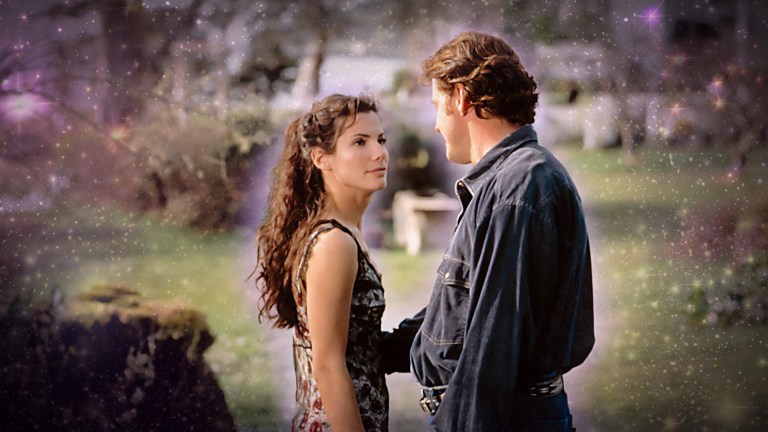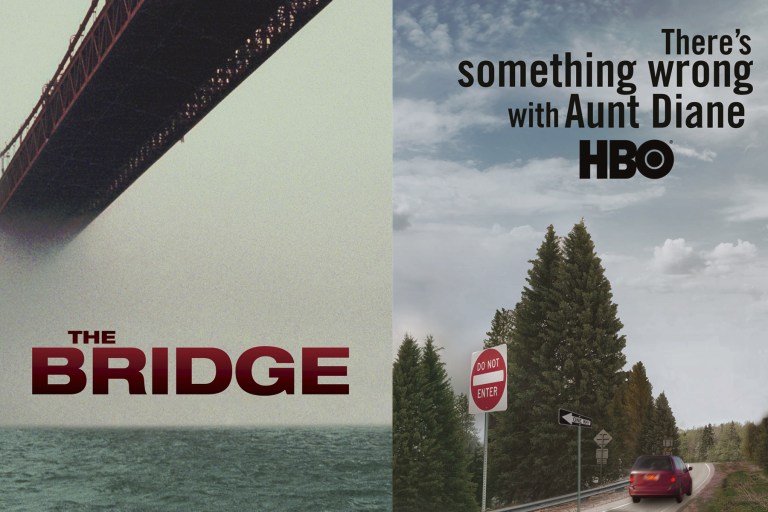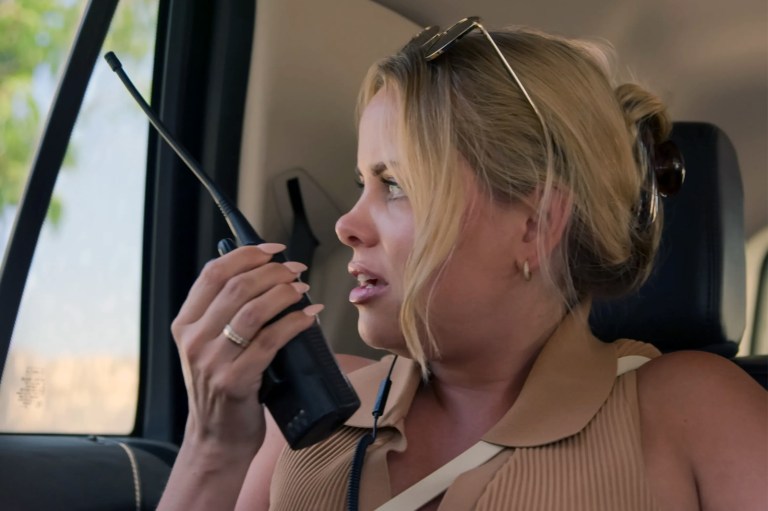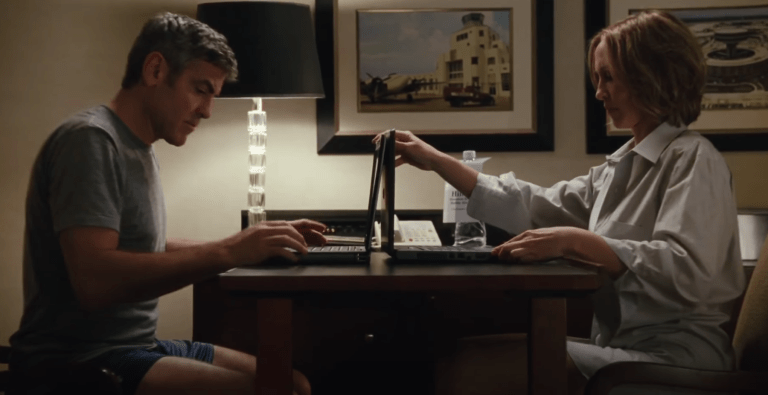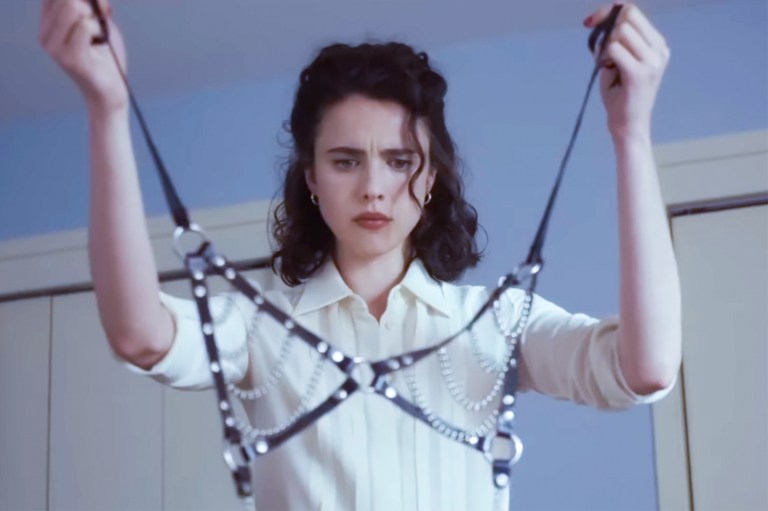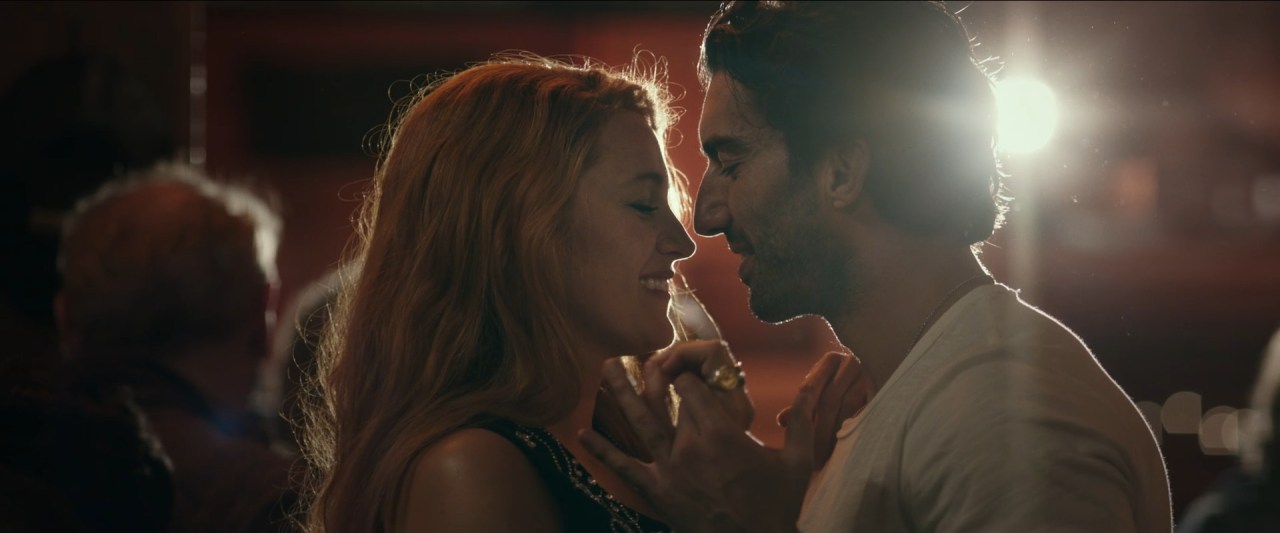
‘It Ends With Us’ Was A Disaster In The Making From Day One
Book lovers would likely have been familiar with Colleen Hoover’s 2016 novel It Ends with Us long before the movie hit screens. While the drama between the film’s stars, Blake Lively and Justin Baldoni, has dominated the headlines for months, the project was never going to achieve the kind of success that earns Academy Awards.
The story, which is billed as a romantic drama on paper and on-screen, waters down the seriousness of domestic violence by drenching it in light dialogue and stupid relationship clichés. But despite its shallow handling of abuse, the book became a massive hit, catapulting Hoover into mainstream literary fame. The sequel, It Starts with Us, only reinforced the bad habits of the original story.
A Misguided Plot
It Ends with Us follows Lily Bloom, a young woman determined to build a new life in Boston after a difficult childhood in which she witnessed her mother being physically abused by her father. One day, she meets Ryle Kincaid, a charming and ambitious neurosurgeon who initially seems like the perfect partner. Their whirlwind romance convinces Lily that she has finally escaped the cycle of abuse her mother endured. But her comfort is short-lived as Ryle reveals his violent nature.
When Ryle lashes out for the first time, Lily rationalizes his behavior. Like all abuse cases, this becomes a recurring pattern. The problem creeps in when Hoover presents Ryle as a flawed man who loves Lily but just can’t seem to control his temper because of his own tragic childhood. So, instead of making a clear statement about the dangers of excusing abuse, the novel paints Ryle as some kind of tragic figure, which ultimately undercuts the severity of his actions.
As Lily struggles with her feelings for Ryle, her first love, Atlas Corrigan, comes back into her life. After learning that she is pregnant, Lily makes the difficult choice to leave Ryle for the sake of their child. The abuse, which includes being slapped, pushed down the stairs, and attempted sexual assault, is never explored further. It’s conveniently pushed aside for convenience. The story concludes with an almost wistful tone as if Hoover wanted readers to sympathize with Ryle’s struggles.
The Movie Was Doomed Before Cameras Rolled
When news of a film adaptation broke, fans expected a story that would do a little more justice to the heavy themes Hoover claimed to explore. Instead, It Ends with Us became an industry cautionary tale. The 37-year-old Lively was an odd choice for Lily, a character written as a fresh-out-of-college woman in her early twenties. The actress also did a horrendous job of promoting the film by touting it as something to be viewed during a girls’ night out.
Baldoni took on the role of Ryle but also directed the film, which, if reports are to be believed, created an uncomfortable power dynamic during production. Their off-screen tension boiled over when Lively filed a lawsuit against Baldoni, accusing him of sexual harassment and fostering a toxic work environment. It’s worth noting that Lively’s claims came after she was criticized in the media for her casual approach to the subject matter of the film. Baldoni retaliated with a defamation suit.
Romanticizing Abuse Is Never A Good Idea
It Ends with Us blurred the line between romantic conflict and domestic violence from the beginning. Hoover’s story turns an abusive relationship into a tragic love story rather than the insidious cycle of control and manipulation that it actually is. The book flirts with difficult themes but pulls back before making any real statements, leaving readers with the uncomfortable feeling that Lily’s suffering was just a plot device for a bittersweet romance.
The film was created in a similar misguided fashion by presenting Ryle’s outbursts with a glossy cinematic flair that stripped them of their gravity. Promotional materials leaned heavily on a girl power narrative that felt tone-deaf in the face of the movie’s actual content. Rather than challenging the normalization of abuse in relationships, the adaptation reinforced it by placing more emphasis on Lily’s love triangle than on her survival.
A Sequel That Solves Nothing
Released in 2022, It Starts with Us was Hoover’s attempt to offer fans the closure they clamored for. Instead, it served as an extension of an already problematic story with all the depth of a fan-fiction epilogue. The sequel presents Lily and Atlas’s relationship as a fairytale second chance while Ryle is reduced to a background nuisance rather than the serious threat he was portrayed as in the first book. Hoover sidestepped the harder truths about post-abuse trauma and co-parenting with an abuser, choosing to give her characters an easy happily-ever-after instead.
With shaky source material and behind-the-scenes chaos, the film adaptation of It Ends With Us never stood a chance. Although Hoover may have intended to shed light on domestic violence, her execution turned it into a spectacle rather than a serious conversation. The film only amplified those flaws, proving that some stories are better left on the page–if they deserve to be told at all.
